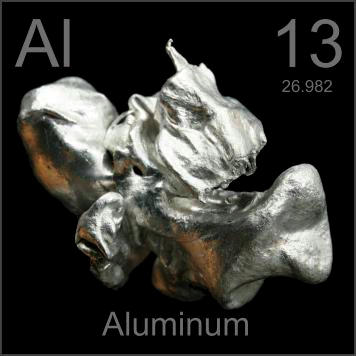Heavy-metal Ions



No comments:
Post a Comment